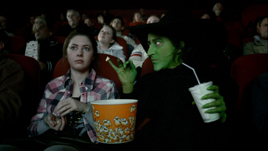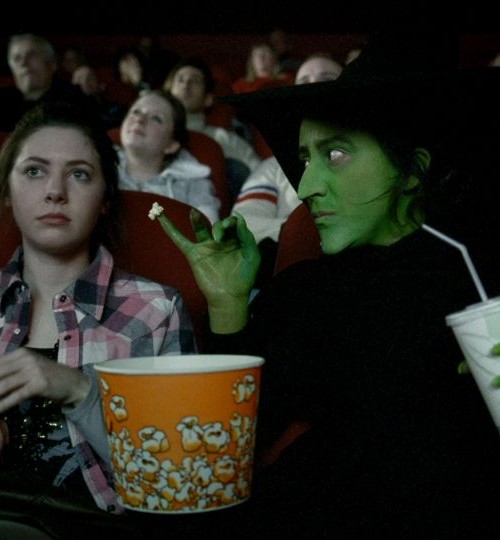Tracking consumer behaviour and predicting trends has always been an essential part of business and marketing strategy, which is why it’s so interesting when something comes along to somewhat alter the axis of an orbit.

Orange Wednesday
In the last few years we have seen a significant shift in cinema-going trends with Wednesday emerging top trump as the favourite day for people to head to the picture house. This shift in behaviour is largely down to the successful Orange Wednesdays promotion, delivered by mobile and proving to be a winning incentive that has become a regular part of so many of Orange customers’ lives. Its new promotion, Film To Go, is set to entrench Orange as the master of mobile-based film offers.
The resounding success of this campaign demonstrates the power of mobile in these types of promotions, offering customers quick access to great deals with remarkable ease.
In the current climate of recession, consumers are increasingly scrambling for vouchers, codes and special offers as thrift conscious spenders seek the best value for money; and companies are keen to provide.Orange, O2, Bulmers and Google Books are but a few of the companies providing mobile promotions direct to the consumer.
The smart phone has revolutionised this process further and developed the humble voucher code into a fuller bodied offering. QR or Quick Response codes, such as those employed in Bulmer’s No. 17 cider brand campaign, can be read via mobiles after the user has taken a photo of the code, found in places such as posters or magazines and even the windows of shops.
Codes equal possibilities
This development opens up a lot of doors for marketers. The new codes not only look better aesthetically compared to simply receiving a code number, offering more branding opportunities, but they also provide a more interesting and engaging consumer experience, not to mention the vastly increased scope of additional content made accessible. Here we strike a neat balance between offering greater user experience at the same time as offering marketers a platform to engage directly with their target audience.
Some screen advertising companies are now already opening up the media space in cinemas so that targeted special offers and discounts can be sent to registered users’ mobiles as soon as they walk through the cinema’s doors and have their location-finding service tuned in. A multitude of targeted content could include discounts on a drink with your popcorn to encourage up-spend or a related film trailer that may encourage repeat visits.
Utilising mobile popularity
The mobile phone is pretty much the only media channel which remains with you virtually 24 hours a day, and is therefore the perfect channel to exploit for vouchers and other media messages. Through their mobile phones, users have constant contact with the internet and the internet has constant contact with users, creating a flow of information that can be tapped into and utilised. The challenge is to use this uniquely individual information and the portable nature of mobile to add value to the voucher in a way that enhances a brand’s offering to the consumer and also gives added benefit to the brand.
There’s certainly a wealth of possibilities out there and the mechanics for delivering all types of vouchers and other incentives via mobile are steadily taking precedence in this market. However, there still remain a couple of problems, most notably; getting the general public familiar with using their mobile phones in this way.
While the majority of the population are accustomed to purchasing and redeeming vouchers at point of sale, in gift card centres within shops or via the web channel, using a mobile phone in this way has yet to become the norm. Many consumers simply don’t expect to be able to show their phone in order to gain a discount. However, as smart phones dismantle the divide between mobile and the internet, this connection will inevitably soon be made.
A second issue worth noting is the familiarity of box-office and shop staff with redeeming mobile vouchers. Technologically, the process need not be too different to standard procedures. The new generation of “barcodes” that are stored on the phone, for example, are compatible with the majority of barcode readers at retail level. It may seem like a small challenge, but familiarising staff with the process really is the first step. As consumers and mobile users themselves, this should not present too many difficulties, but inevitably takes time and training.
The bright future of marketing
Orange Wednesdays has paved the way forward for all of this and we should expect to see the development of mobile vouchers really come to the fore in the not too distant future. Ironic, perhaps, as the place in which these developments are moving so quickly is the same place where you are asked to turn your phone off before the screening begins!






